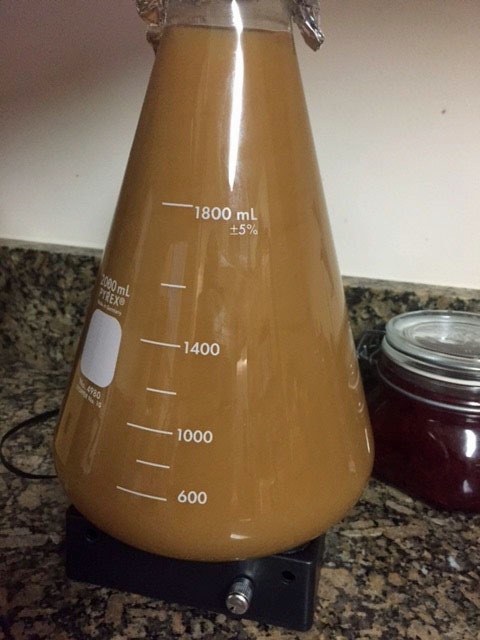Josephryanevan
Member
- Joined
- Feb 22, 2017
- Messages
- 11
- Reaction score
- 0
Hey folks,
I've got a quick question about making yeast starters. I've got some yeast that I have harvested and washed from a previous batch. It's all settled to the bottom and there's quite a bit, probably 6-7 ounces of solid yeast at the bottom.
My question is, how much of this should I take out to make a 1 liter starter?
Also, what's the best method for getting it out and stain sanitary? Swirl and pour? Beer thief? Syringe?
Thanks,
Joe
I've got a quick question about making yeast starters. I've got some yeast that I have harvested and washed from a previous batch. It's all settled to the bottom and there's quite a bit, probably 6-7 ounces of solid yeast at the bottom.
My question is, how much of this should I take out to make a 1 liter starter?
Also, what's the best method for getting it out and stain sanitary? Swirl and pour? Beer thief? Syringe?
Thanks,
Joe




























![Craft A Brew - Safale S-04 Dry Yeast - Fermentis - English Ale Dry Yeast - For English and American Ales and Hard Apple Ciders - Ingredients for Home Brewing - Beer Making Supplies - [1 Pack]](https://m.media-amazon.com/images/I/41fVGNh6JfL._SL500_.jpg)






























